Best Furnace Brands & Products
- November 4, 2024
- Posted by: ATEL Air
- Category: Heating
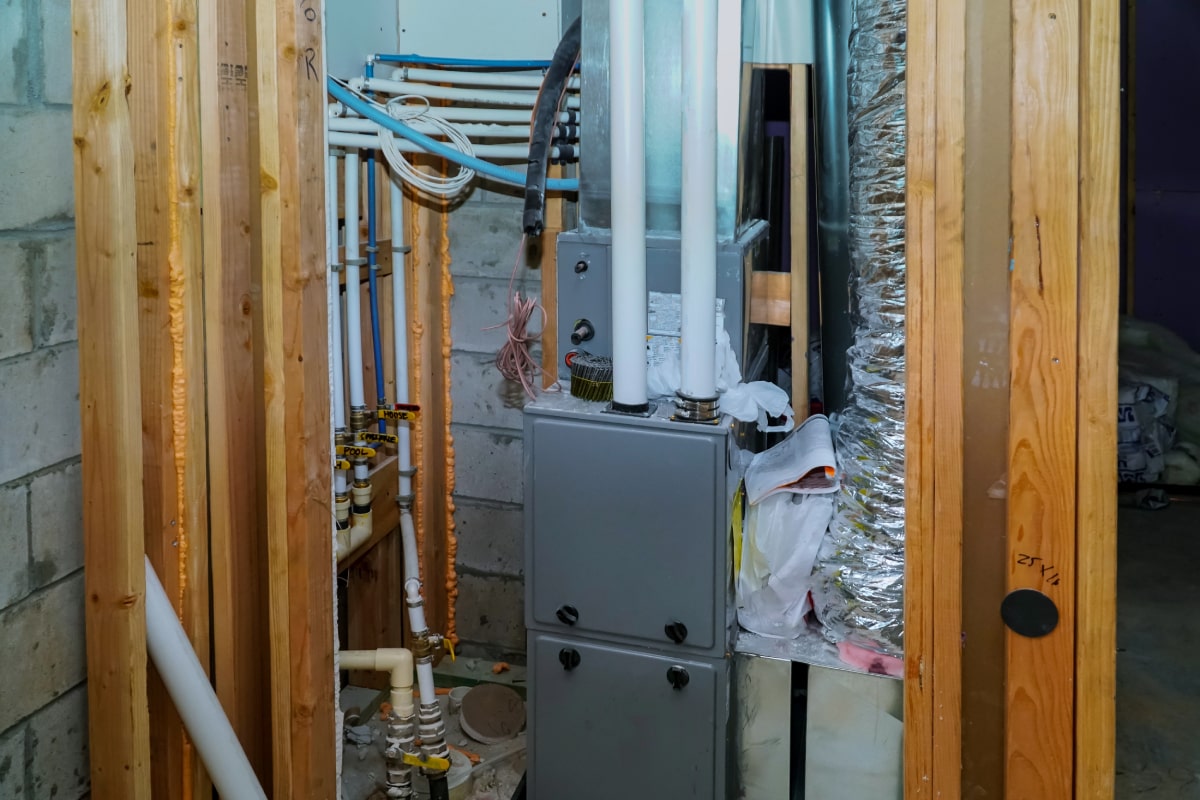
If you’re thinking about investing in a new heating system for your home, a high-efficiency furnace might be the solution you’re looking for.
Modern furnaces are much more energy efficient than in the past. ENERGY STAR certified furnaces can have annual fuel utilization efficiency (AFUE) over 95%, meaning nearly all of the energy put in comes out as heat.
Heating represents 61% of your home energy use and offers the most potential for cutting your energy bill with a more efficient furnace.
In this guide, we’ll cover some of the best brands and furnaces in Canada, go over how they work, and help you decide which unit is best for your next furnace installation.
Best Furnace Brands
At ATEL Air, we recommend three furnace brands we’ve seen to be consistently reliable.
Trane
Trane furnaces are very well-known in the industry for their durability and long lifespan. They seem to always deliver consistent heat efficiently, even in the coldest winters.
Trane’s energy efficient furnaces are as high-quality as they come. They also have some of the best furnace warranties in the business and carry ENERGY STAR certification.
If you’re looking for a furnace model that will last, Trane is a solid choice.
RunTru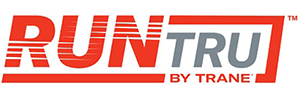
RunTru furnaces (a brand by Trane) are a more straightforward and budget-friendly option. These furnaces will still heat your home perfectly, without all the bells and whistles.
They still have pretty good efficiency, too. If you’re looking for reliable furnaces at a more affordable price point but don’t want to compromise on performance, RunTru might be a great choice.
Daikin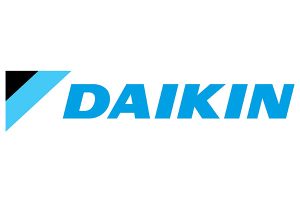
Daikin furnaces are a leader in efficiency. They’re as advanced as they come, designed to save energy, lower energy bills, and provide reliable heat.
They perform even in the most frigid winters. Daikin furnaces are also quiet, making them another good option for family homes.
Best Furnaces In Canada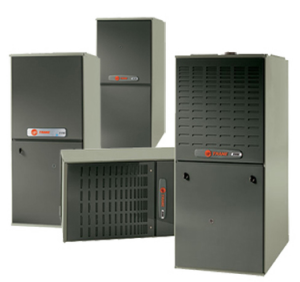
Here are two furnaces we recommend.
Best High-Efficiency Furnace: XC95m by Trane
The XC95m is by far one of the most efficient furnaces on the market, with an AFUE rating of up to 97.3%.
Trane’s top-of-the-line gas furnace, this model is the go-to for homeowners looking to lower their energy bills with a quality furnace that will last. Its variable-speed blower motor gives even heating throughout the home.
The XC95m variable stage burner adjusts its heat output based on outdoor temperatures, providing more heat on colder days for consistent comfort. In contrast, many single-stage furnaces run at maximum output every day, even though such high heat is only necessary on the coldest days of the year.
It also comes with advanced diagnostics, seamless system updates, and features quieter system startups and shutdowns.
Best Furnace For Affordability: S9X1 by Trane
The S9X1 provides reliable performance at a more affordable price point. With an AFUE rating of 96%, it’s an excellent choice for homeowners seeking energy efficiency without breaking the bank.
This model offers single-stage heating and quiet operation, making it a solid choice for budget-conscious consumers.
Repair vs. Replace Furnace

If you’re deciding whether to repair or replace your furnace, here are four factors to think about.
- Age of the Furnace: If your furnace is more than 15 years old, it’s near the end of its lifespan. Older models will be less efficient, even after repairs.
- Frequent Repairs: If you find yourself calling a furnace technician more than once a year, it’s time to replace.
- Rising energy bills: An aging furnace uses more energy, and if your energy bills are going through the roof, investing in a new energy-efficient model is probably worth it.
- Red Tagging: If your furnace has been “red-tagged” by a technician, it means there’s a safety issue, such as a cracked heat exchanger. In this case, it’s time for a new furnace.
Lifespan Of A Furnace
Most furnaces will last around 15-20 years.
Regularly changing the filter and having a professional come by for annual inspections will help a furnace last longer and keep it working better.
Once a furnace gets close to 15 years, it’s time to start looking into replacements.
How To Determine The Age Of Your Furnace
Most furnaces have a data plate inside the cabinet that will indicate the year they were made. If yours doesn’t, this plate should also have the serial number.
Call the manufacturer with the serial number and ask what year it’s from — they’ll be able to tell you.
Furnaces – Basic Anatomy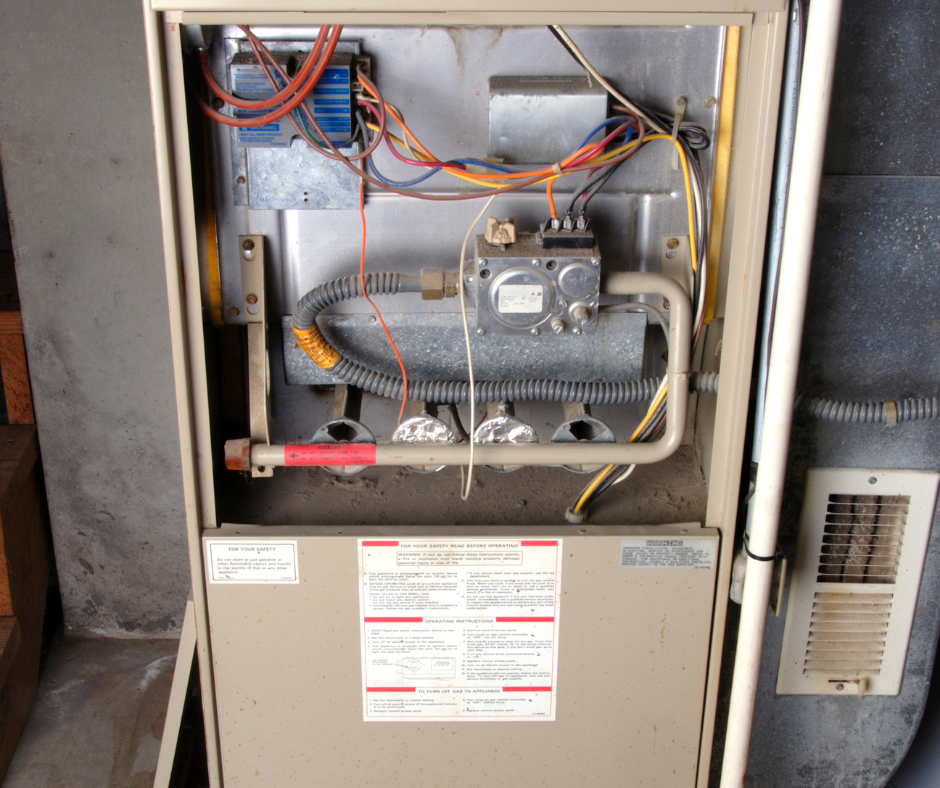
A furnace consists of several key components that work together to heat your home:
- Heat Exchanger: Warms the air that is then distributed throughout your house.
- Blower Motor: Pushes the warm air through your ductwork.
- Burners: Ignite and generate heat in gas-powered models.
- Thermostat: Controls the furnace and the temperature of your home. Understanding these basic parts helps you spot potential issues and maintain your furnace efficiently.
Gas vs. Electric vs. Oil vs. Propane Furnaces
- Gas Furnaces: Gas furnaces are the most common in Canada. They’re affordable and efficient. They require access to a natural gas line, and use natural gas to heat your home. They provide powerful, consistent heat, even in colder climates.
- Electric Furnaces: Quieter and easier to install (providing the electrical service can manage the electrical requirements), electric furnaces are great for homes without a natural gas line. With electricity being more expensive, they cost more to run these days.
- Oil Furnaces: In rural areas where natural gas isn’t available, oil furnaces require regular oil deliveries and maintenance. We do not service oil furnaces but are happy to remove and replace any oil systems.
- Propane Furnaces: Propane furnaces are another option for rural homes without access to natural gas. Propane is more efficient than oil, but requires a tank or series of tanks next to the home large enough to provide enough vapour during the coldest days of the winter. We can help select the proper size of tank for all of your propane loads.
Stages Of Furnace Heating
- Single-Stage Furnaces: A single-stage furnace is either on or off, operating at full capacity or not at all. These are the most affordable furnaces but are not as energy-efficient.
- Two-Stage Furnaces: A two-stage furnace is like having a heater with two-speed settings. When it’s not too cold outside, it runs on the lower setting, using less energy but still keeping your house warm. When it gets really cold, it kicks into the higher setting. This way, it isn’t always running at full blast, which saves energy and keeps the temperature in your house more consistent.
- Variable Speed Furnaces: Similar to two-stage furnaces but with more than two speeds. Variable speed furnaces have more precise control over airflow and heating, adjusting the blower speed when needed to keep your home temperature even as the outdoor temperature fluctuates all winter.
Furnace Energy Efficiency
For furnaces, energy efficiency is measured by AFUE (Annual Fuel Utilization Efficiency) rating.
High-efficiency furnaces have AFUE ratings of 90% or higher, meaning they convert 90% of the fuel they use into heat. Quality furnaces can achieve up to 97% efficiency, lowering your heating costs.
Sizing Your Furnace
Choose a furnace that’s the right size for your home. An underpowered furnace won’t be able to keep up in winter, while a furnace that’s too powerful will waste energy.
The living area of your home, how well it’s insulated, and the climate you live in are all factors in choosing a furnace.
A professional will be able to go over your situation and advise you on the best fit.
The Importance Of Furnace Maintenance
Scheduling annual furnace maintenance will keep your furnace running efficiently and help it last longer.
During a maintenance and inspection, a technician will:
- Check the heat exchanger for cracks and potential carbon monoxide poisoning from the controlled burn of a fuel.
- Replace dirty or black furnace filters to keep air flowing like it should.
- Clean burners to keep them lighting properly and burning all the fuel injected into the heat exchangers.
- Inspect blower motors for wear and tear.
- EVERY furnace is checked with a Combustion Analyser to verify heat exchangers are safe and NOT leaking combustion fumes as well as efficiency of the burner, as required by the gas code. Our combustion analysers are serviced and calibrated yearly by the manufacture.
A professional inspection will also find potential safety issues, such as carbon monoxide leaks.
Hire Atel Air – Trusted Furnace Installers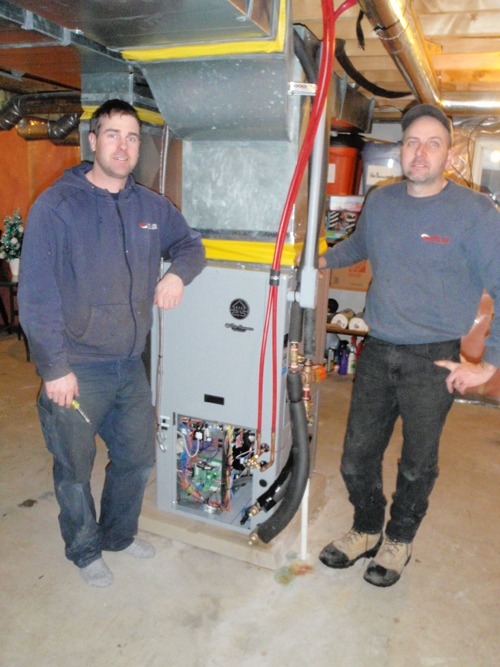
Investing in a new furnace is a big decision, but it doesn’t have to be overwhelming.
At Atel Air, we’ve been serving homeowners in Southern Ontario’s rural communities since 1949, helping them find the perfect furnace for their homes. Our certified and licensed technicians understand the unique heating needs of our area and will guide you through every step of the process, from choosing the right furnace to professional installation.
We offer both professional furnace installation and furnace repair.
We also offer VIP maintenance plans to keep your furnace running at peak efficiency, extend its life, and save you money.
Ready to upgrade your home’s furnace? Let us answer all your questions and help you find the perfect fit.
Request a free online quote today or give us a call.


